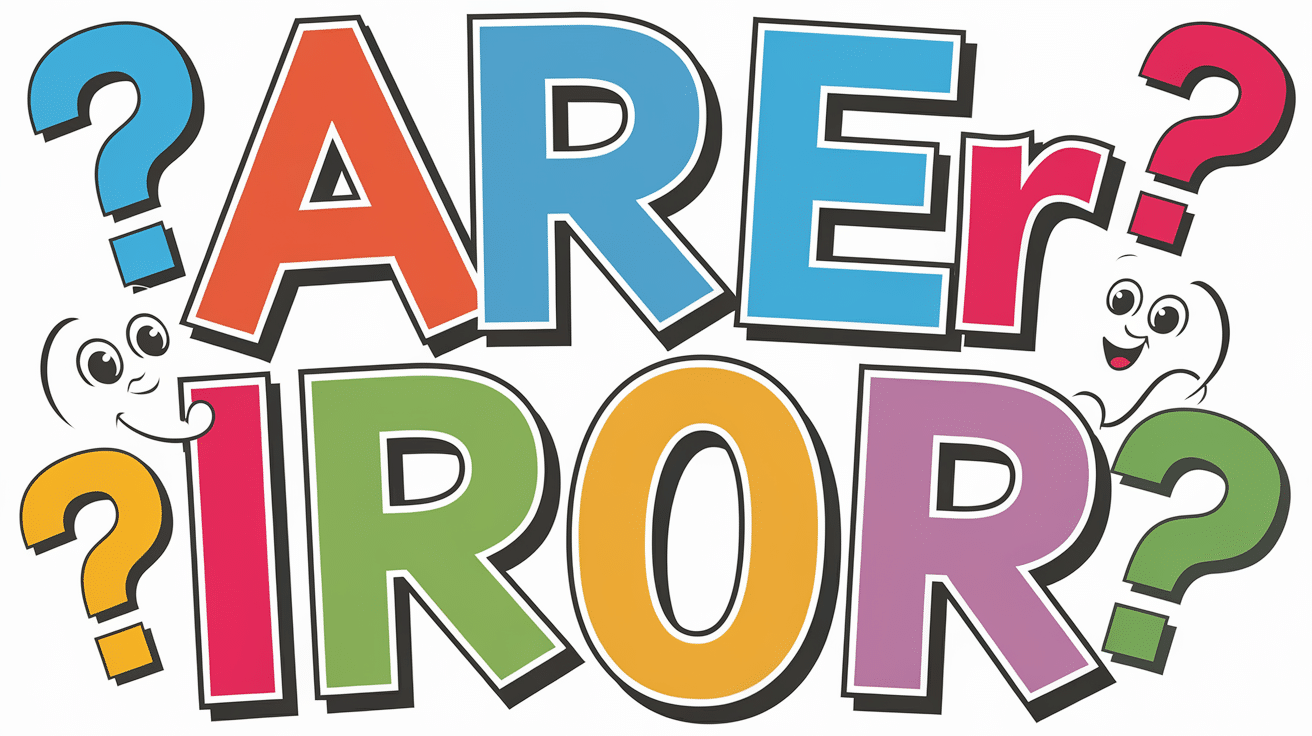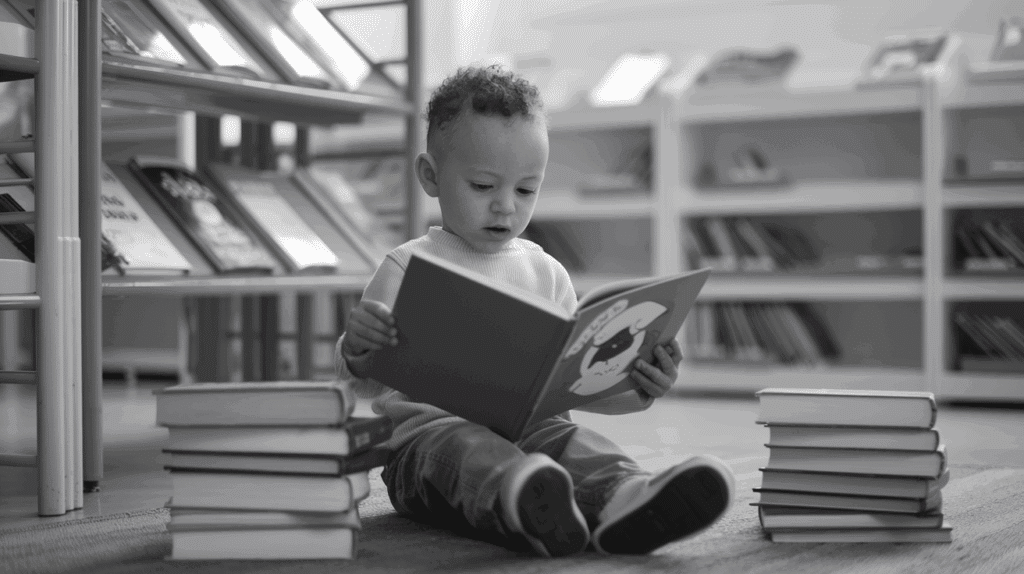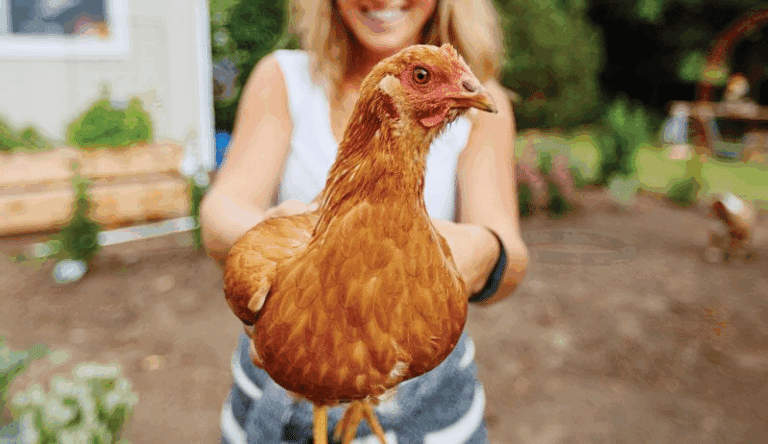R-controlled words create some of the biggest challenges in early literacy development.
This guide will show you simple strategies to help children master r-controlled words effectively. You’ll learn practical techniques that make these complex sounds easier to understand and remember.
Plus, you’ll get ready-to-use tips that turn reading struggles into success stories.
What are R Controlled Words?

R controlled words are special letter combinations where the letter “r” changes how vowels sound.
When a vowel comes before an “r,” it creates a completely different sound than usual. Teachers often call these “bossy r” words because the “r” takes control.
The most common word patterns include “ar,” “er,” “ir,” “or,” and “ur.” Think about words like “car,” “her,” “bird,” “for,” and “hurt.” Notice how the vowel no longer makes its regular sound.
These word patterns appear everywhere in reading. Children encounter them in both simple books and complex texts. The “r” sound blends with the vowel to make one new sound. This makes them tricky for beginning readers who expect vowels to follow normal rules.
That’s why understanding these words becomes so important for reading success.
Improve Your Vocabulary with R Controlled Words

These words follow five main spelling patterns that every reader needs to know. These patterns appear in thousands of English words, making them essential building blocks for reading fluency.
The Five Main R Controlled Spelling Patterns:
AR Pattern: This creates a sound like “are” but shorter. Common examples include car, farm, start, park, dark, hard, yard, and smart. Children see these words daily in books and stories.
OR Pattern: This makes the sound you hear in “more.” Popular words include corn, storm, fork, born, horn, short, sport, and north. These words often describe things kids know well.
ER Pattern: This pattern sounds like “fur” but softer. Examples are her, fern, tiger, water, winter, sister, flower, and better. Many everyday words use this pattern.
IR Pattern: This creates the same sound as “er” but spelled differently. Think of bird, shirt, first, girl, dirt, third, circle, and birthday. These words pop up frequently in reading.
UR Pattern: This also makes the “er” sound. Common examples include turn, nurse, purple, hurt, burst, church, turkey, and Saturday. Kids love practicing with colorful words like purple.
Mastering these five patterns helps children read hundreds of new words with confidence.
Engaging Strategies for Teaching R Controlled Words

Teaching these words doesn’t have to be boring or difficult. Smart teachers use fun methods that help children remember these tricky patterns. Here are proven strategies that make learning stick.
- Use hand motions when saying each sound to help children remember the patterns better
- Create word sorts where kids group words by their r controlled patterns together
- Practice with rhyming games that focus on words ending with the same r controlled sound
- Make flashcards with pictures and words to connect visual images with letter patterns
- Read books aloud so children hear them naturally
- Play memory games matching words with their correct spelling patterns
- Use songs and chants that repeat these words in fun, catchy rhythms
Resources for Teachers and Parents
Finding the right materials makes teaching these words much easier. Smart educators utilize a combination of various tools to keep children engaged and learning.
1. Books and Reading Materials: Look for beginner books that focus on specific r controlled patterns. Many publishers create series designed around these sounds. Libraries often have special collections for early readers too.
2. Online Tools: Free websites offer printable worksheets and interactive games. Many educational sites offer audio examples to help children hear correct pronunciation. Digital flashcards work well for daily practice sessions.
3. Hands-On Materials: Letter tiles help kids build words physically. Magnetic letters on whiteboards make learning a fun and visual experience. Card games using these words turn practice into play time.
4. Assessment Tools: Simple checklists help track which patterns children are familiar with. Reading logs shows progress over time. Quick daily checks reveal areas that require further attention.
5. Community Support: Parent groups often share successful teaching ideas. Teacher forums provide tested strategies from classroom experts.
Common Pitfalls and How to Overcome Them
| Common Pitfall | What Happens | How to Fix It |
|---|---|---|
| Treating all r sounds the same | Children pronounce “car” and “her” identically | Teach each pattern separately with clear examples |
| Rushing through lessons | Kids get confused and make more mistakes | Spend extra time on one pattern before moving forward |
| Not enough practice time | Students forget patterns after a few days | Review these words daily for several weeks |
| Skipping the listening step | Children can’t hear sound differences clearly | Practice listening to sounds before showing written words |
| Using only worksheets | Learning becomes boring and less effective | Mix games, songs, and hands-on activities with paper work |
| Ignoring spelling connections | Kids read words but can’t write them | Practice both reading and spelling the same word patterns |
| Moving too fast between patterns | Students mix up different r controlled sounds | Master one pattern completely before starting the next one |
Summing It Up
R controlled words might seem challenging at first, but they become manageable with the right approach. These five patterns – ar, or, er, ir, and ur – form the backbone of thousands of English words that children encounter daily.
Watch out for common mistakes, such as rushing through lessons or treating all r sounds the same way.
Your child’s reading confidence will grow as they master these important word patterns. Start with one pattern today and watch their reading skills improve week by week.
What words will you practice first? Share your success stories in the comments below!


















